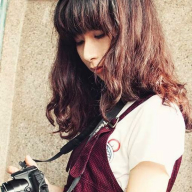MamaFlow
The idea behind MamaFlow started from a simple insight: new mothers need support, but rarely have the time or hands free to seek it. The early months of motherhood are filled with constant change — emotional highs and lows, disrupted sleep, and new responsibilities — leaving little room for self-care or meaningful connection.
From this reality came the key design principles that shaped every decision in the project:
- One-hand usability — the interface had to be navigable while holding a baby or stroller, with large touch zones and simple gestures.
- On-the-go accessibility — features needed to deliver value in short, interrupted moments rather than requiring long attention spans.
- Voice and audio-first options — because many mothers can listen when they can’t read or type, audio content and voice input became essential interaction modes.
- Emotional clarity — visuals had to feel calm and reassuring, avoiding overstimulation through minimal palettes, soft gradients, and gentle typography.
These principles guided my work with UXPilot, where each screen was created and refined through text-based prompts. Designing this way — my first-ever high-fidelity UI experience — required precision in language and intention. Every prompt became a design decision, defining how warmth, calmness, and usability should manifest visually.
My approach
Because the UXPilot competition offered only a limited number of credits, I decided to take on an extra challenge — to complete the entire project using only the basic credits provided, without purchasing additional ones. I wanted to see how far I could go with clear thinking, structured prompting, and no prior experience in high-fidelity UI design.
This constraint pushed me to make every prompt count. It meant crafting precise, strategic instructions — and iterating thoughtfully rather than endlessly. To achieve that, I collaborated closely with ChatGPT, refining each prompt to capture not only the functional requirements but also the emotional tone of the design.
Challenges and key learnings
Working with UXPilot was both exciting and informative. As someone creating high-fidelity UI for the first time, I quickly learned that designing with AI isn’t just about what you want — it’s about how precisely you describe it. To start, I used the example prompt provided by UXPilot as a reference, and it worked well as a foundation for everything I needed to include in my own prompts. Of course I then needed to specify a lot of details which did not come to my mind at first.
One of my biggest challenges was color definition. At first, I assumed I could simply write “soft cream” or “warm lavender,” expecting the AI to interpret the tone visually and use it cohesively. It didn’t. The system rendered inconsistent gradients or unexpected color temperatures. Eventually, I discovered the most reliable approach was to specify both a reference to an existing screen and the exact hex code — for example,
“Use the same background as on the homepage (solid warm cream #FFF8F3).”
That small line changed everything — ensuring visual continuity across all ten screens and teaching me the importance of linguistic precision in AI-driven design.
Another early mistake was assuming the layout structure could be adjusted later. In UXPilot, the layout must be defined within the prompt itself. My first two attempts failed completely — I lost 36 credits just trying to “fix” something that could have been avoided with clearer upfront instructions. It was a frustrating but eye-opening realization: the prompt is the blueprint. Once I started thinking like that, the process became far more efficient and intentional.
And eventually there was another challenge for me with the bottom navigation bar. My first attempt to define it in the prompt looked like this:
“Bottom Navigation Bar: Fixed global navigation with 4 icons: Home, Community, Care, Food. Rounded active indicator, easy reach for thumb.”
But what I got was basically a navigation bar from last century. So I asked ChatGPT what I could do to make it look more modern. I got the following answer. And you know what? It worked just right!
“Bottom Navigation Bar:
Fixed global navigation with 4 rounded icons and labels.
Items:
1. Home 🏠 – Returns to main dashboard.
2. Community 🤱 – Opens "In this together" for sharing and listening.
3. Care 🌿 – Opens "Breathe" section with quick self-care audio.
4. Food 🍽️ – Opens "What we eat" for recipes and meal ideas.
Icons should be rounded, filled vector icons with muted colors and short text labels below.
Active icon highlighted by soft background circle and gentle shadow for easy thumb recognition.”
These moments reinforced one of my biggest takeaways from this project: AI is not a shortcut — it’s a dialogue. The quality of the design directly depends on the clarity, structure, and empathy of the language you use to describe it.
The 10 screens
- Homepage – Central dashboard introducing the app’s key sections: Breathe, Talk to Someone, Community, and What We Eat.
- Community (In This Together) – Discussion area for connecting with other moms, sharing advice, and supporting each other.
- Breathe (Care) – Quick self-care screen with short breathing or relaxation exercises, designed for one-hand use and audio guidance.
- Food: What We Eat – Overview of family meal ideas and recipes suitable for different needs (baby-friendly, dairy-free, etc.).
- Talk to Someone – A space for emotional support with mood check-ins and access to professional help or peer connections.
- Find Support – Directory of experts, hotlines, and nearby moms open to sharing their experiences.
- Daily Reflection – Mood tracker with weekly and monthly visualization to support mindfulness and emotional awareness.
- Recipe Detail – Detailed recipe screen with ingredients, preparation steps, and quick actions for saving or sharing.
- My Space – Personal dashboard with user’s saved reflections, favorite recipes and progress overview.
- Settings – Customization hub where users can manage notifications, language, theme mode, and personal preferences
Conclusion
In the end, the combination of UXPilot and ChatGPT allowed me to create something I genuinely consider effective — all within just two naps of my baby. It made me realize that with the right mix of smart tools and clear intent, a little bit of magic can happen even without prior experience.
Reviews
20 reviews
Awesome work! The subject matter is realistic and meaningful. The contents seem to reflect target users' needs in real life. And great to have your sharing on applying UXpilot AI during the design processes.
Going forward, would be good to polish the design by considering the following:
- You have have identified well-thought design principles: one-hand interface and audio-enabled to help busy mamas. Refine the contents and layouts accordingly to improve fast readability, easier usability for target users
- Check the color contrast ratios to meet up with WCAG. Now some button background and label text contrast lack of readability.
All in all, your design is good, in particular, this is your first UI design project. Keep going.
Great idea, looks good and clean, If you can adjust the color of button will makes standout!
Hey Alice,
Congratulations on completing your project! I really like that you shared your insights and initial expectations for the whole process.
I especially appreciate that you set yourself the goal “to complete the entire project using only the basic credits provided.”
Since you mentioned that this was your first high-fidelity UI design, can you imagine working this way in the future? What was the biggest challenge you faced with this approach?
It’s clear that you put a lot of effort into this, well done!
Truly, for a first high-fidelity project, this is solid work. There's consistency in colors, style, and tone of voice – something that's not readily apparent when working with AI. The design is calm, not jarring, and not overwhelming – which is crucial for an app for tired mothers.
- Color palette – pastel, warm tones are a bullseye. Subtle gradients, no aggressive contrasts. The hex code work paid off.
- Spacing and hierarchy – screens breathe, main CTAs are well exposed, it's clear what's important.
- Emojis and iconography – natural language for the target group. Bottom navigation came out great after the second iteration.
What could be better:
- Typography – hierarchy could be stronger in some places ("Daily Reflection").
- Accessibility – check color contrast (WCAG AA minimum 4.5:1) and whether touch targets are min. 44x44pt. Emoji sliders for mood tracking – nice idea, but could be problematic for people with motor difficulties.
- States – missing hover, pressed, disabled, loading states. What happens after clicking "Listen Now"?
- CTA consistency – buttons vary (gradient vs. solid color). If this is a system (primary/secondary), it could be more explicit.
- Content density – some screens very spacious, others dense. Check the balance.
I miss Error states, empty states, and onboarding – I'd love to see how that would work. But that's understandable given 10 screenshots and a first draft. So, it's a minor detail.
Summary:
Solid, consistent project with a clear vision. There are details to refine (contrast, states, minor inconsistencies), but that's normal. Shows you can think about the user and maintain consistency. Great work for "two baby naps" 😊
Hi Alice! Great project and description. I love that you shared your struggles and how you managed to overcome them - both with your baby and with AI :)
Designing the app with accessibility and users’ circumstances in mind is a great start. However, the colour choices don’t look very accessible. The primary buttons and some other components lack sufficient contrast. As you mentioned, mothers don’t have much time, so the content should be easy to see and scan.
Great and meaningful work! Good luck!
Yuliia
Great job, Alice! for a first time experiment, it's pretty amazing!
Elegant, feminine, consistent
Great job Alice! The idea is super interesting and the design theme matches the app idea.
You did also a great job in presenting just enough information to help the readers interested.
Fellow researcher here: I am sending you a lot of support in your journey with enhancing your UI skills :)
Really great balance between storytelling and actual design craft.
You made the AI process feel approachable instead of gimmicky — that’s not easy.
The consistency across all 10 screens is impressive considering UXPilot’s quirks. Excellent work!

Alex Sanchez
The MamaFlow project demonstrates a thoughtful and empathetic approach to solving a real-world problem faced by new mothers. The foundation of the concept — creating a supportive, accessible space for mothers who often have limited time and mobility — is both meaningful and user-centered. The clarity of the design principles, especially one-hand usability, on-the-go accessibility, and emotional clarity, reflects a deep understanding of the target users’ needs and emotional contexts.
Your decision to work entirely within the basic UXPilot credit limit shows impressive discipline and strategic thinking. It’s clear that you approached the challenge not just as a design exercise, but as an opportunity to master AI-aided creation through precision, iteration, and language refinement. The way you used ChatGPT as a design partner — refining prompts to define structure, tone, and emotion — showcases excellent adaptability and communication skills.
Your reflections on the learning process, particularly around color consistency and layout structuring, highlight valuable growth in technical and creative problem-solving. Identifying how “the prompt is the blueprint” captures an essential insight into AI-assisted design workflows. The example of refining the bottom navigation bar also shows an ability to translate abstract feedback into tangible design improvements — a key skill in UX iteration.
The documentation of the 10 screens is organized, logical, and clearly conveys the product’s flow and purpose. Each screen ties back to the core principles of accessibility, calmness, and emotional support, ensuring that MamaFlow remains cohesive both functionally and visually. The final reflection captures the essence of the project beautifully — that AI tools, when used thoughtfully, amplify human creativity rather than replace it.
Overall, MamaFlow stands out as a deeply human-centered, purpose-driven, and intelligently executed design exploration. It demonstrates not only your growing technical proficiency but also your ability to blend empathy, structure, and storytelling — essential traits of a strong UI/UX designer.
You might also like
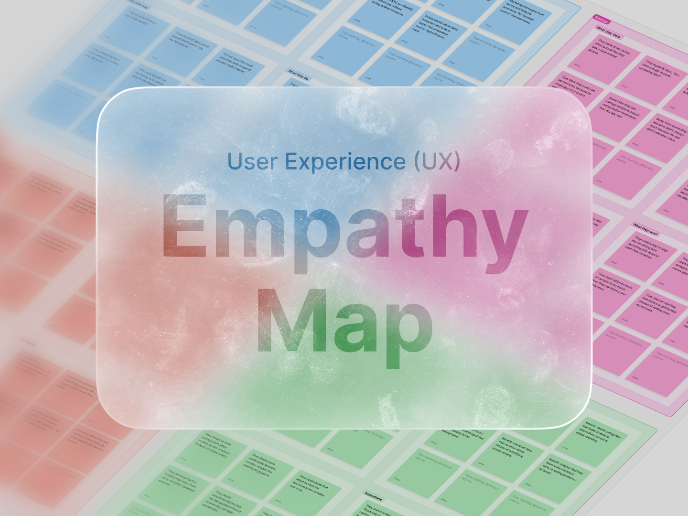
🧡 Empathy Map
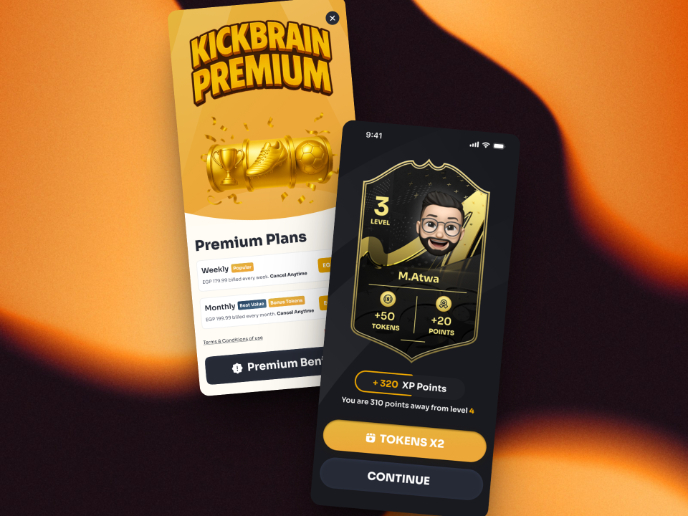
Redesigning KickBrain: Trivia Mobile Game
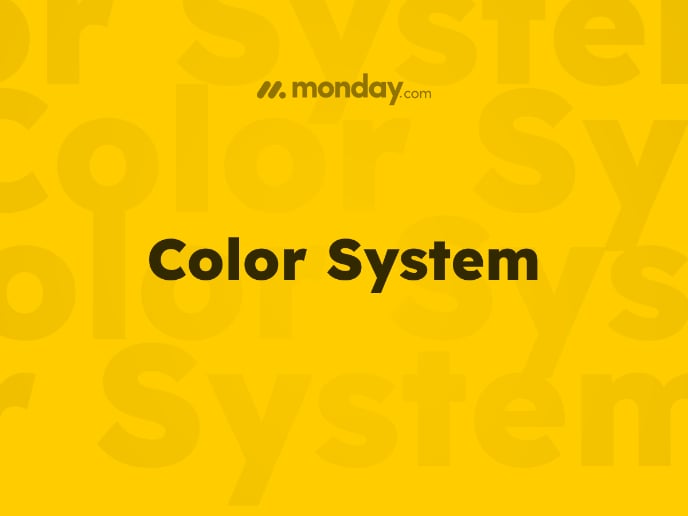
Monday.com Color System
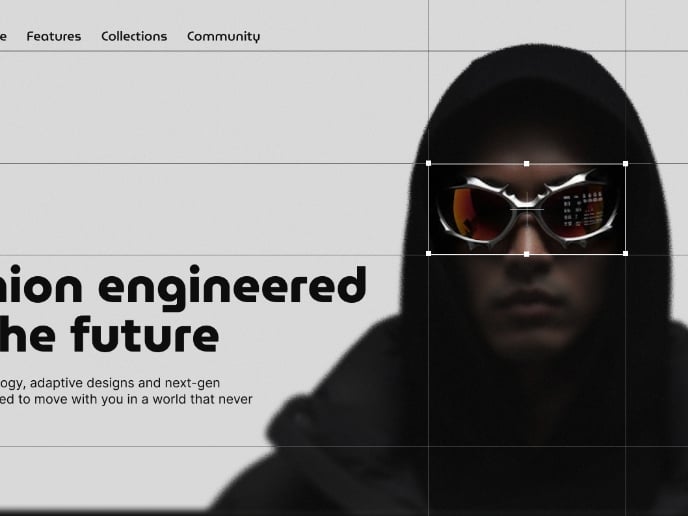
Vantyx | Tech-fashion landing page

Design Workshop Plan: FinTrack App
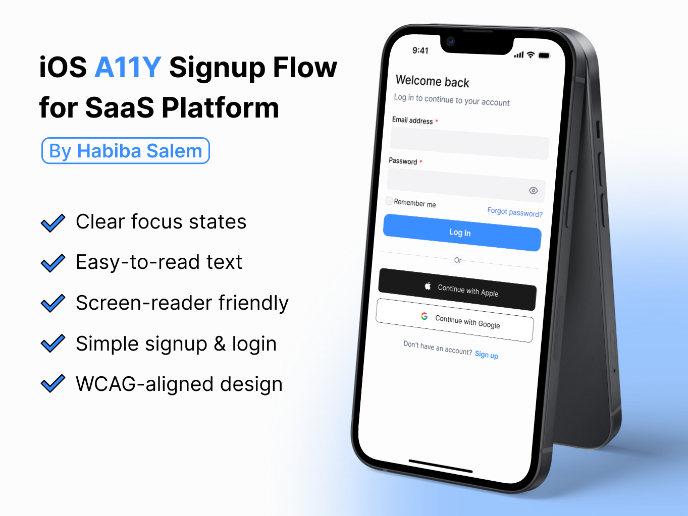
iOS A11Y Signup Flow for SaaS Platform
Product Thinking Courses

Introduction to Product Management

The Product Development Lifecycle & Methodologies






















